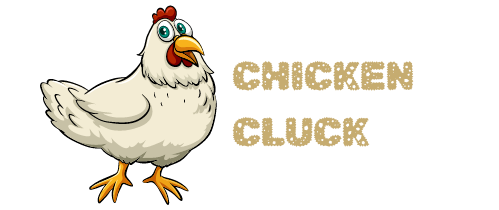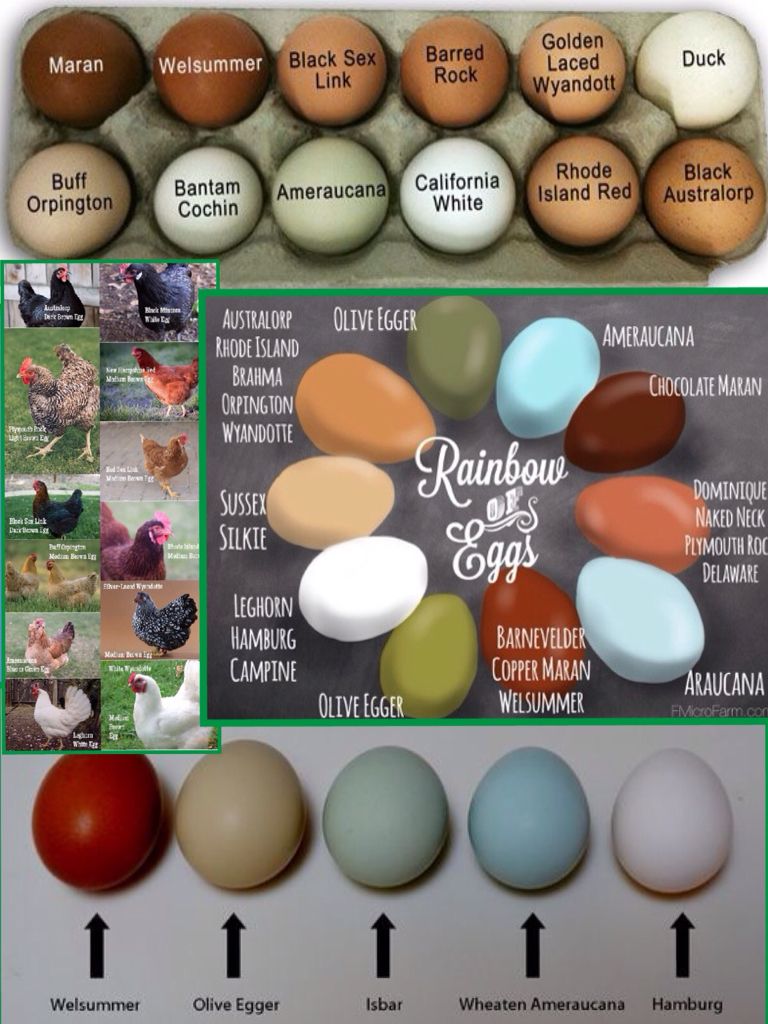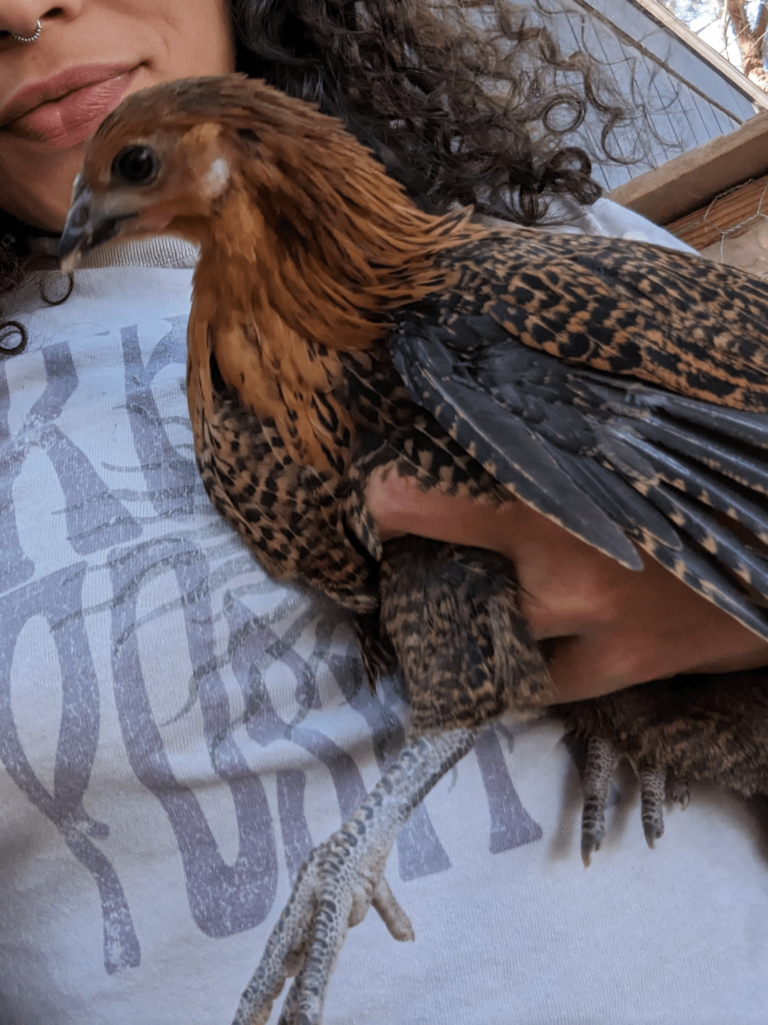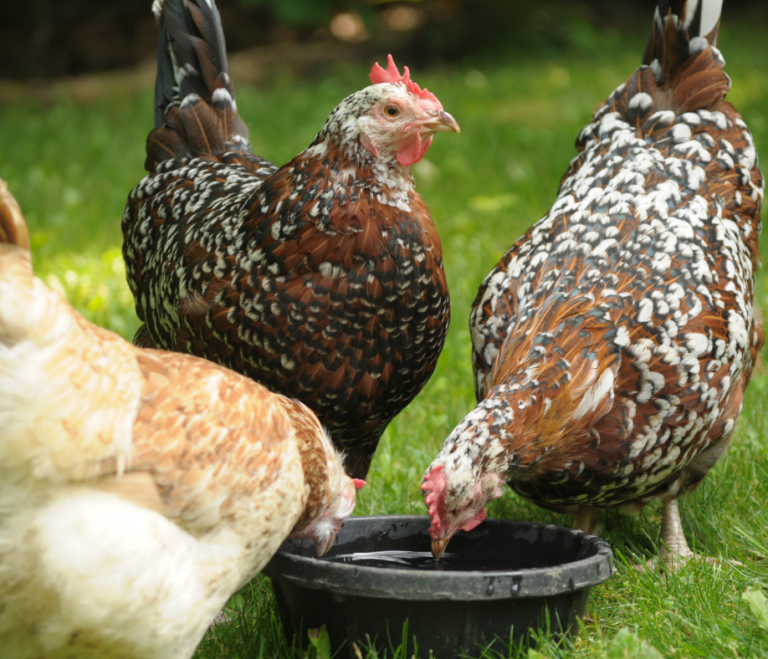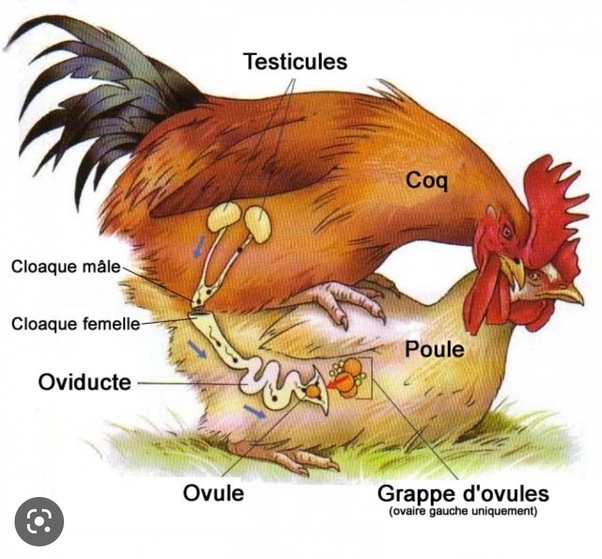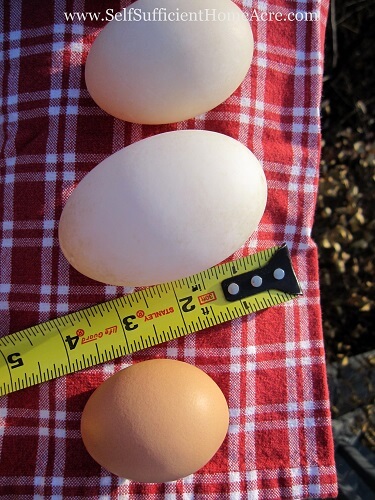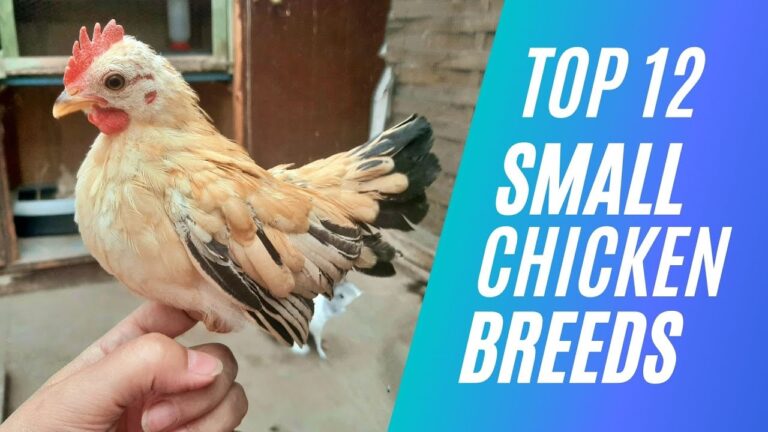A Chicken Breed Egg Color Chart categorizes chicken breeds by the color of eggs they lay. It serves as a quick reference for poultry enthusiasts and farmers.
Choosing the right chicken breed for your needs is essential, whether you’re a backyard poultry keeper, a small-scale farmer, or a curious enthusiast interested in the diversity of egg colors. Different chicken breeds lay a variety of egg colors that range from classic white and brown to more unusual shades like blue, green, or even speckled.
Understanding what to expect from each breed can maximize the visual appeal of your egg basket and ensure you meet any specific goals, such as participating in farmer’s markets or pursuing a backyard rainbow collection. A Chicken Breed Egg Color Chart simplifies this process by providing clear and easily accessible information about each breed’s particular egg color, enabling informed decisions on breed selection.
Egg Color Diversity In Chickens
Chickens lay a rainbow of egg colors, ranging from classic white to shimmering blue. This fascinating variety is not just for show; it tells a story about the breed’s genetics and ancestry. Understanding the egg color diversity is key for hobbyists aiming to choose the right breeds for their flocks.
Factors Influencing Eggshell Color
What gives eggs their unique hues? Many elements play a part.
- Genetics: Breeds carry specific genes that dictate shell color.
- Diet: Nutrients can subtly affect the egg’s shade.
- Age: Hens often lay different shades as they get older.
- Environment: Stress and habitat may influence color.
| Breed | Egg Color |
|---|---|
| Ameraucana | Blue |
| Rhode Island Red | Brown |
| Leghorn | White |
| Marans | Dark Chocolate Brown |
Common Misconceptions About Egg Colors
Egg colors are subjects of many myths. Let’s crack a few.
- Egg nutrition: Shell color does not affect what’s inside.
- Flavor difference: All egg colors taste the same.
- Taste and color link: Diet affects flavor, not shell hue.
In short, whether you pick a pale pink egg or a deep green one, it’s all about aesthetics. The real treasure is the nutritious egg inside, no matter the color of the shell.

Credit: www.pinterest.com
Chicken Breed Profiles
Welcome to the colorful world of chicken breeds! From backyard flocks to boutique farms, chickens are beloved for their personalities, productivity, and the beautiful eggs they lay. Certain breeds are famous for their specific egg colors, making a chicken breed and egg color chart essential for enthusiasts. Let’s embark on a journey through the diverse profiles of these feathered friends and the striking array of eggs they produce.
Characteristics of Popular BreedsCharacteristics Of Popular Breeds
Breed selection can impact egg color, size, and count. Knowing the characteristics of popular breeds helps in choosing the right chicken for your needs.
| Breed | Egg Color | Personality | Egg Laying |
|---|---|---|---|
| Rhode Island Red | Brown | Friendly | High |
| Leghorn | White | Active | Very High |
| Ameraucana | Blue | Docile | Medium |
| Orpington | Cream | Friendly and Calm | Medium |
Rare Breeds And Their Unique Egg Shades
Certain rare chicken breeds lay eggs in unique shades, captivating poultry collectors and egg enthusiasts alike.
- Cream Legbar – Sky blue eggs, known for their autosexing traits.
- Penedesenca – Dark brown eggs, a prized rarity from Spain.
- Swedish Flower Hen – Speckled eggs, boasting a beautiful mix of colors.
- Isbar – Green eggs, the only breed to consistently lay this shade.
Each breed offers a glimpse into the diversity of the avian world, providing both utility and beauty.
Egg Color Chart Explained
Welcome to the colorful world of chicken eggs! Have you ever marveled at the variety of egg colors in your basket? Whether peppery speckled, creamy white, or shades of brown and blue, an egg color chart can be your guide to understanding what each hue means. Let’s crack the shell on this topic and explore the egg color chart!
Decoding The Chart
Before you stands an array of colors, each linked to a breed. A color chart is simple. It matches the chicken breed with its eggshell color. From classic white of the Leghorn to the deep chocolate of Marans, each breed has a signature. The colors range widely, capturing not just white and brown but also blue, green, and even pink! Here’s what you might encounter:
- White – Often linked to breeds like Anconas or Andalusians.
- Brown – From light beige to dark chocolate, seen in Rhode Island Reds and Barnevelders.
- Blue – Arise from breeds such as Araucanas and Cream Legbars.
- Green – Laid by Easter Eggers, showing off a muted olive hue.
- Cream – A soft, light brown, often from Silkies or Faverolles.
The chart uses visuals to help you easily spot these patterns. Look for your breed, then glide across to see the egg color.
How To Use The Chart Effectively
To harness the chart’s potential, approach it strategically. Here’s what to do:
- Identify your chicken breeds. Note down the breeds in your coop.
- Match with the chart. See the egg color associated with each breed.
- Analyze the data. Discover patterns in the egg colors your hens produce.
- Plan your coop for a diverse egg basket. Mix breeds for a more vibrant collection.
By understanding the egg colors your breeds are likely to produce, you can predict your basket’s palette. It also allows you to select breeds for a desired egg color in future flock additions. Use the table dynamically, interacting with the data it presents.
Genetics Behind The Shell
Ever wonder why chicken eggs come in different colors? A chicken breed’s egg color is not just a random choice. Like any other trait, the color of eggshells is a fascinating display of genetics at work. Understanding how genes control egg color illuminates the beauty of biology and backyard poultry breeding.
Genes Controlling Egg Color
Each chicken breed carries specific genes determining their eggshell color. These genes produce pigments, which coat the eggs as they develop. The main pigments are:
- Oocyanin – Deposits a blue tint on eggshells
- Porphyrin – Creates brown shades
- Protoporphyrin – Adds a reddish-brown hue
For instance, Araucana chickens carry a gene that makes their eggs blue. Meanwhile, Rhode Island Reds produce brown eggs due to high porphyrin levels. It’s not just single genes but also combinations that result in a spectrum of egg colors.
Inheritance Patterns Of Eggshell Colors
Chicken breeds inherit eggshell color in complex patterns. These inheritance patterns can be simple or intricately linked to multiple genes. Let’s look at two basic patterns:
- Dominant and Recessive Genes: Dominant genes overpower recessive ones. If one parent provides a dominant egg color gene, that color often prevails.
- Co-dominance: Sometimes, both parental genes are equally strong. This can result in a mix of eggshell colors within one batch of eggs.
For more in-depth understanding, breeders often use Punnett squares to predict egg color outcomes.
Let’s use a table to visualize how genes from two different breeds can combine:
| Parent Breed 1 (Egg Color) | Parent Breed 2 (Egg Color) | Potential Offspring Egg Color |
|---|---|---|
| Araucana (Blue) | Rhode Island Red (Brown) | Greenish-Blue (Mixed Gene Expression) |
| Leghorn (White) | Araucana (Blue) | Blue (Dominant Blue Gene) |
The chart above simplifies how breeding different colored egg layers can create a diverse egg basket. Remember, genetics can be unpredictable, and exceptions do occur.
Nutritional Aspects And Egg Quality
When it comes to the nutritional aspects and egg quality, most people think that the various colors of eggs might indicate a difference in nutritional value. Whether eggs are brown, white, blue, or green, fans of farm-fresh eggs often have a preference. But does eggshell color really affect what’s on the inside? Let’s get cracking and explore the facts.
Nutrient Content Vs. Shell Color
It’s a common question: Do different eggshell colors mean different nutrient contents? The truth is, the color of the eggshell does not affect the egg’s nutritional value.
Whether the egg comes from a Leghorn (white eggs) or a Rhode Island Red (brown eggs), the nutrient content remains consistent. Here’s what a typical egg contains:
- Protein: Essential for muscle repair and growth
- Vitamins: B12 and D are abundant
- Minerals: Iron and zinc are present
- Fats: Healthy unsaturated fats
- Choline: Important for brain function
All eggs, regardless of the shell color, are nutrient-dense foods.
Is There A Taste Difference?
One might wonder if the shell color could hint at a different flavor. The taste of an egg, however, is not determined by its shell, but by the hen’s diet and environment.
| Diet Type | Egg Taste |
|---|---|
| Varied, nutrient-rich diet | Richer, more robust flavor |
| Restricted, uniform diet | Blander taste profile |
Hens with access to a variety of foods will produce eggs that are often deemed tastier. Freshness also plays a crucial role. A fresh egg, irrespective of its shell color, will be more flavorful than an older one.
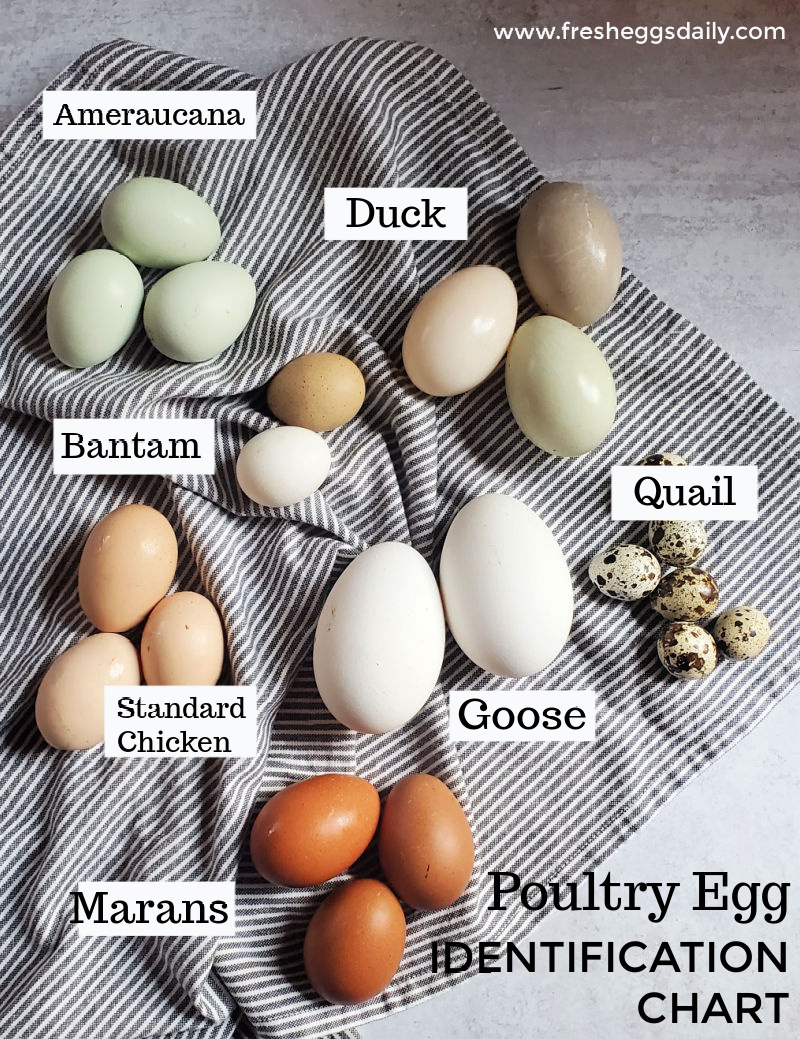
Credit: www.fresheggsdaily.blog
Poultry Management For Optimal Egg Color
The rich palette of egg colors makes chickens unique. To ensure hens lay eggs with vibrant hues, manage their environment and diet well. Let’s explore how dietary choices and surroundings influence eggshell coloration.
Diet And Supplementation
What hens eat matters. For eggs with consistent coloring, focus on these:
- Calcium: Essential for strong eggshells. Offer oyster shells as a supplement.
- Carotenoids: These impact yolk and shell color. Include leafy greens and yellow corn.
- Pigmented Feeds: Certain feeds enhance egg colors, like red peppers for darker yolks.
Consider tailored feed mixes to boost specific eggshell tones. These mixes boost egg color naturally.
Environmental Factors Affecting Egg Color
Environment plays a role too. Keep these in check:
- Stress: Stress can fade egg color. Ensure hens have peaceful living spaces.
- Lighting: Adequate daylight strengthens color consistency. Aim for 16 hours of light.
- Cleanliness: Dirty nesting boxes can smear or blotch eggs. Keep nests clean always.
Manage these aspects to promote uniform and appealing egg shell color. Happy hens mean colorful eggs!
Breeding For Egg Color
Breeding for Egg Color is a delightful journey into the kaleidoscope of poultry hues. Backyard breeders and poultry enthusiasts alike often seek to populate their flocks with chickens boasting eggs in every shade, from the deepest chocolate brown to the palest blue. This carefully crafted process merges science with art, genetics with patience.
Selective Breeding Practices
Selective breeding stands at the heart of egg color manipulation. This technique consists of choosing parent chickens with desirable traits, such as unique egg colors, to produce offspring with the same characteristics. Key practices include:
- Pairing hens and roosters based on their egg shell color genes.
- Documenting the egg colors of different chicken breeds.
- Keeping detailed records of breeding pairs and their resulting egg colors.
The goal is simple, yet complex: develop chicken breeds that consistently lay eggs with the desired hues.
Predicting The Egg Color Of Offspring
Predicting what color eggs a chick will lay can be akin to solving a colorful puzzle. It is not just about the parents’ egg color, but also their genetic background. Here’s a glimpse into the prediction process:
- Evaluate the egg colors of the hen and rooster.
- Analyze genetic markers that influence egg color.
- Use a chart to map out possible outcomes.
With enough knowledge, breeders can foresee the palette of egg colors their chickens might produce.
Understanding the principles of genetics and the heredity of egg colors ensures precise breeding. The result is a basket brimming with beautifully tinted eggs that can range from light blue to olive green. It’s not just chance; it’s careful design.
Challenges And Considerations
Welcome to the tricky yet fascinating world of chicken breed egg color identification! Getting the right egg color from your poultry can be a complex task. This segment of our blog delves deep into issues that may affect your egg-color outcomes. From breeding hiccups to market factors, understanding these aspects is vital for success.
Common Breeding Challenges
Chicken breeding may look straightforward, but it poses several challenges:
- Genetic Factors: Egg color traits can be hard to predict and control.
- Cross-Breeding: It can lead to unexpected egg colors, disrupting consistency.
- Environmental Stress: This stress can alter eggshell colors, regardless of breed.
Ensuring that chickens have optimal living conditions is essential. Breeders must also understand genetics to breed for specific egg colors.
Economic And Market Considerations
Different egg colors can fetch different prices. Here are key factors to note:
| Egg Color | Market Demand | Price Range |
|---|---|---|
| White | High in bulk markets | Low to moderate |
| Brown | Sought after by organic consumers | Moderate to high |
| Blue/Green | Niche market appeal | High |
Staying informed about market trends is crucial. Breeders should align their breeding programs with consumer preferences to maximize profits.
Color Chart As A Breed Identification Tool
The Color Chart as a Breed Identification Tool serves as a fascinating guide for backyard poultry enthusiasts to match egg color with chicken breed. Identifying a chicken breed based on egg color adds an element of excitement and precision to raising poultry. With a detailed color chart, one can pinpoint specific breeds that lay their signature hues, ranging from classic white to rich chocolate brown.
Accuracy And Limitations
While a color chart enhances breed identification, it’s essential to recognize its accuracy and limitations. Not all chickens conform strictly to the color chart. Factors such as environment, diet, and genetics can affect egg color shades. It is crucial to use the chart as a general guide rather than an absolute standard.
| Breed Name | Typical Egg Color |
|---|---|
| Ameraucana | Blue |
| Orpington | Brown |
| Leghorn | White |
| Marans | Dark Brown |
- Age of hen can lighten the egg color.
- Stress levels may influence color consistency.
- Crossbreeding can result in unexpected colors.
Complementing The Chart With Other Identification Methods
To enhance accuracy, the chart should be complemented with other identification methods. Look at the bird’s physical features such as comb type, feather coloring, and body shape. Behavioral traits and laying patterns also provide clues to a chicken’s breed.
- Examine feather patterns and coloration.
- Observe the bird’s size and stature.
- Note the comb and wattle characteristics.
Using multiple identification techniques reinforces the findings of the egg color chart. This multi-faceted approach leads to a more comprehensive understanding of your chickens’ breeds.
Credit: www.quora.com
Conclusion
Navigating the colorful world of chicken breeds just got easier with our egg color chart. Whether you’re a backyard breeder or an egg enthusiast, this guide unlocks the secrets to eggshell hues. Embrace the spectrum of possibilities and find your perfect poultry match.
Enjoy the beauty of diversity in each egg basket, thanks to our handy chart.
